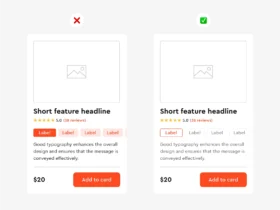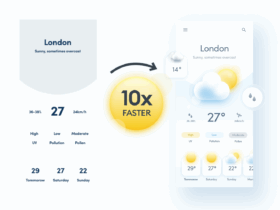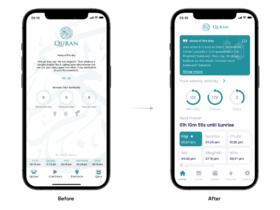Redesigning a popular app isn’t just about making it prettier. It’s about solving real problems, respecting user habits, and improving the experience without alienating the people who use it every day.
In this case study, we’ll walk through a UX-focused redesign of Spotify—one of the most beloved (and occasionally frustrating) music apps on the planet. This isn’t a visual overhaul. It’s a breakdown of the UX thinking behind reimagining key parts of the experience.
🧠 Step 1: Identify the Problem (Not Just the Symptoms)
We started by gathering feedback—app store reviews, Reddit threads, user interviews, and our own daily annoyances. One pattern stood out:
“Why is it so hard to find the music I just played?”
Users were struggling to retrace their listening steps, especially when switching between playlists, albums, or artists. The “Recently Played” section helped… but it wasn’t always obvious or easy to access.
🎯 UX Problem: Poor visibility and access to recent listening history.
🔍 Step 2: Map the User Journey
We broke the problem down into a quick journey:
- User listens to a new album or curated playlist.
- They switch to another playlist or browse recommendations.
- Later, they want to go back—but can’t remember the name.
- They dig through menus, or give up entirely.
⚠️ Friction happens at Step 3. The path back isn’t clear, and the mental load is high.
✏️ Step 3: Explore UX Solutions
Instead of jumping to UI changes, we explored interaction models:
Option A: Improved “Recently Played” placement
- Move it up in the Home feed
- Add clearer icons and time stamps
Option B: Swipe gesture to view recent plays
- Like browser history—but for music
- Lightweight, fast, intuitive
Option C: “Music Stack” history layer
- A visual history (cards or tiles) of recent albums/playlists
- Persistent access via a small icon in the Now Playing screen
We ran quick user tests (low-fi wireframes in Figma) and discovered:
✅ Option B (swipe gesture) felt the most natural and was fastest to learn
🚫 Option C looked great but felt like feature bloat for casual users
➖ Option A helped, but didn’t address the root navigation issue
🧪 Step 4: Prototype and Validate
We built a simple prototype in Figma with a left-to-right swipe on the Now Playing screen, revealing a carousel of your last 5–10 items (with play buttons and context info).
User feedback highlights:
- “This feels like muscle memory—super intuitive.”
- “Way better than scrolling through the Home tab.”
- “Can we pin favorites too?”
Boom. We had our MVP concept.
🎨 Step 5: Consider the UI Layer
Once the flow made sense, we explored visual treatments that:
- Matched Spotify’s brand
- Kept the feature lightweight
- Didn’t compete with the core playback UI
We used:
- Semi-transparent backgrounds
- Simple album art tiles
- Contextual labels (e.g., “Played 12 mins ago”)
No major UI overhauls. Just thoughtful, additive design.
💡 The UX Takeaway
This redesign wasn’t about “fixing” Spotify—it was about thinking deeply about a single point of friction, validating with users, and solving it without disruption.
Key lessons:
- Redesigns don’t have to be massive to be meaningful.
- Always look for what’s missing, not just what’s broken.
- UX is about reducing effort, not adding features.
Final Thought
You don’t need to redesign the whole app to improve it. Sometimes the best UX design is invisible—it just makes things smoother, faster, and more human.
Next time you’re looking at a well-known app, don’t ask “How would I make this cooler?”
Ask: “Where’s the friction—and how can I remove it?”








